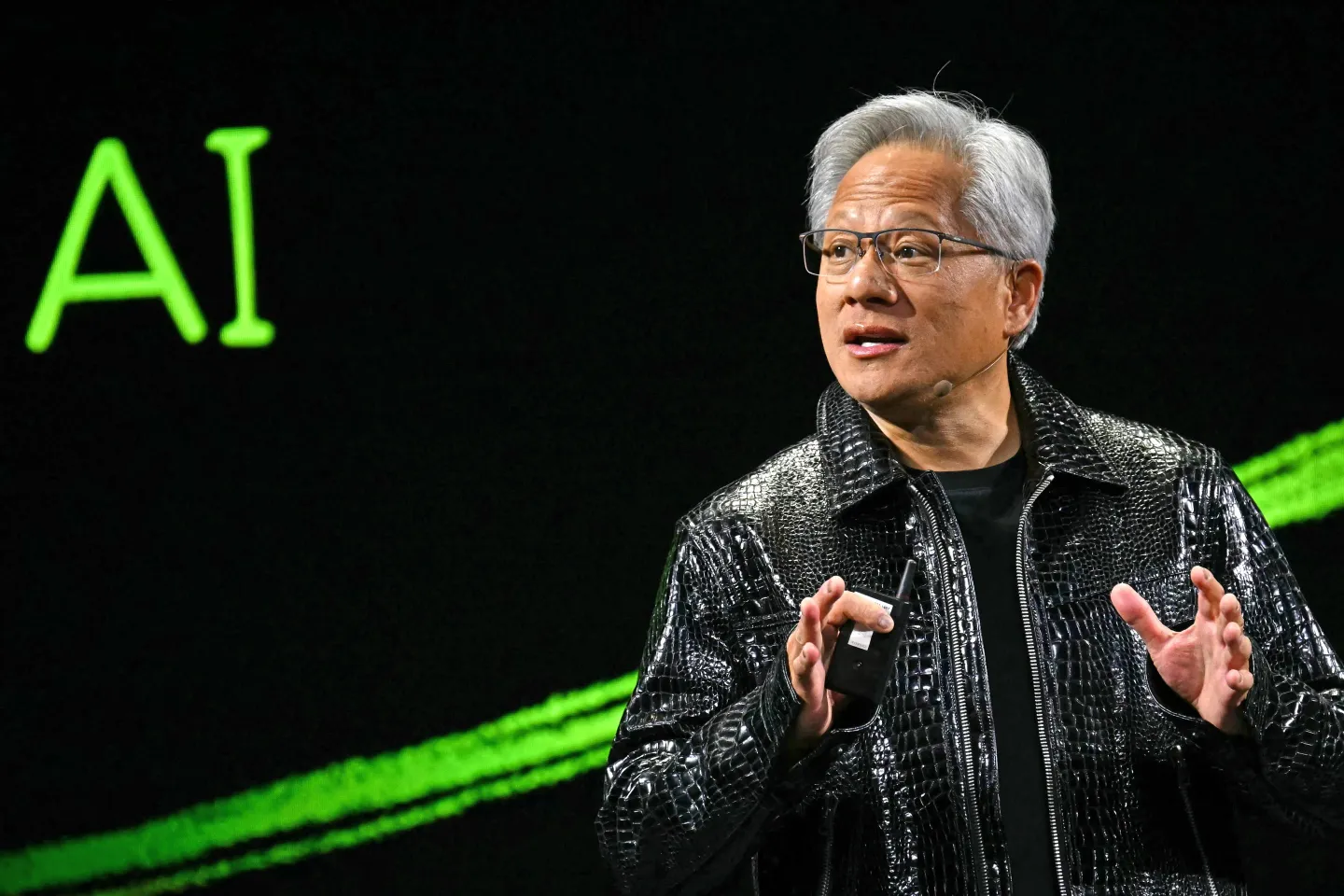China's AI Rise: Nvidia CEO Jensen Huang Sounds The Alarm

Table of Contents
The Scale of China's AI Investment and Development
China's commitment to becoming a global AI superpower is undeniable. Massive financial resources are being channeled into AI research and development, fueled by ambitious government initiatives and a thriving private sector. The scale of this investment is staggering.
- Government Funding: The Chinese government has pledged billions of dollars through programs like the "Next Generation Artificial Intelligence Development Plan," aiming to achieve world-leading AI capabilities by 2030. These funds support research institutions, universities, and private companies engaged in AI development.
- Successful Chinese AI Companies: Companies like SenseTime, a leading provider of facial recognition technology, and Baidu, a major player in AI-powered search and autonomous driving, are making significant strides on the global stage, challenging established Western players. These companies leverage cutting-edge technology and vast datasets to develop innovative AI solutions.
- Specific AI Applications: China is making significant progress in various AI applications. Facial recognition technology is widely deployed for surveillance and security purposes. Autonomous vehicle development is another area of intense focus, with Chinese companies actively testing and deploying self-driving cars and trucks. Advancements in natural language processing and other AI areas are also rapidly unfolding.
Huang's Concerns: Geopolitical Implications of China's AI Progress
Jensen Huang's warnings regarding China's AI progress stem from a deep understanding of the technological landscape and its geopolitical implications. While he acknowledges China's advancements, he also expresses apprehension about the potential consequences.
- Key Concerns: Huang has voiced concerns about the potential for China to achieve technological dominance in key AI sectors, raising implications for national security and economic competitiveness. He has highlighted the potential risks associated with unchecked AI development, especially regarding military applications. The concern is not just about technological advancement but also the potential for misuse.
- Impact on the Semiconductor Industry: China's growing AI capabilities are driving up demand for advanced semiconductors, creating both opportunities and challenges for companies like Nvidia. The race to develop and secure cutting-edge chips is intensifying, with geopolitical ramifications playing a key role.
- Potential for AI-Driven Military Applications: The development of AI-powered weaponry and autonomous military systems is a major concern. Huang's warnings implicitly address the potential for an arms race in AI-driven military technology, with unpredictable consequences for global security.
China's Strengths in Specific AI Sectors
China's rapid AI advancement is driven by several key strengths:
- Data Abundance: China's massive population generates an unparalleled amount of data, providing a rich resource for training and improving AI algorithms. This vast dataset is a significant advantage in developing AI models that can learn and adapt more effectively.
- Strong Manufacturing Base: China's robust manufacturing sector provides a strong foundation for producing the hardware necessary for AI development, from advanced semiconductors to AI-powered devices. This manufacturing prowess allows for rapid scaling and deployment of AI technologies.
- Growing Talent Pool: China is investing heavily in education and training, cultivating a large and rapidly growing pool of skilled AI researchers and engineers. This talent pool fuels innovation and accelerates the pace of AI development.
Strategies for Addressing the Challenges Posed by China's AI Rise
The rise of China's AI capabilities necessitates strategic responses from other nations to maintain a competitive edge.
- Increased Investment in AI Research: Increased government and private investment in AI research and development is crucial to fostering innovation and competing with China's rapid progress.
- Investing in STEM Education: A strong focus on STEM (Science, Technology, Engineering, and Mathematics) education is vital to cultivating the next generation of AI talent and ensuring a sustained competitive advantage.
- Strengthening International Alliances: International cooperation and collaboration are essential to address the ethical and security challenges posed by the rapid advancement of AI technologies, ensuring responsible development and deployment.
Conclusion: Navigating China's Ascendant AI Power
China's AI rise is undeniable, presenting both opportunities and challenges for the global community. Jensen Huang's warnings serve as a wake-up call, highlighting the geopolitical implications of this rapid advancement. Understanding the scale of China's investment, its strengths in key AI sectors, and the potential risks associated with its AI development is crucial. To navigate this evolving landscape, a multifaceted strategy involving increased investment, talent development, and international collaboration is essential. Follow the developments in China's AI rise to stay informed about this transformative technological shift and its implications for the future.

Featured Posts
-
 Kawasaki Disease A Novel Respiratory Virus As The Culprit
May 30, 2025
Kawasaki Disease A Novel Respiratory Virus As The Culprit
May 30, 2025 -
 Nissan Primera Electric Sedan Comeback Or Rumor
May 30, 2025
Nissan Primera Electric Sedan Comeback Or Rumor
May 30, 2025 -
 Glasgow Hampden Park Metallica Announces World Tour Stop
May 30, 2025
Glasgow Hampden Park Metallica Announces World Tour Stop
May 30, 2025 -
 Ticketmaster Cae Hoy 8 De Abril Informacion Y Actualizaciones
May 30, 2025
Ticketmaster Cae Hoy 8 De Abril Informacion Y Actualizaciones
May 30, 2025 -
 State Fair Park Hosts Realtors Home And Garden Show
May 30, 2025
State Fair Park Hosts Realtors Home And Garden Show
May 30, 2025
